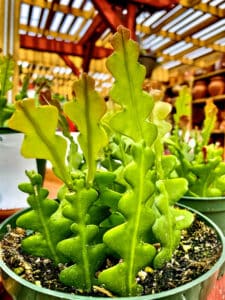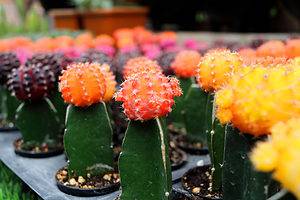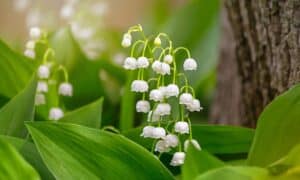The dolphin succulent, also known as the string of dolphins, is a hybrid of the string of pearls and the candle plant and is native to subtropical southwest Africa.
While you may have heard of animals that resemble plants, this is a plant that looks like an animal. The leaves of this succulent trail down the stems and resemble a pod of dolphins at play, making this plant a delightfully fun addition to your home.
The plant is also said to symbolize the love between two people. Romantic couples will often present this succulent as a gift to one another.
The dolphin succulent can grow up to 3 feet long and is often displayed with its stems spilling out of a planter or hanging basket, flaunting the leafy “leaping dolphins.”
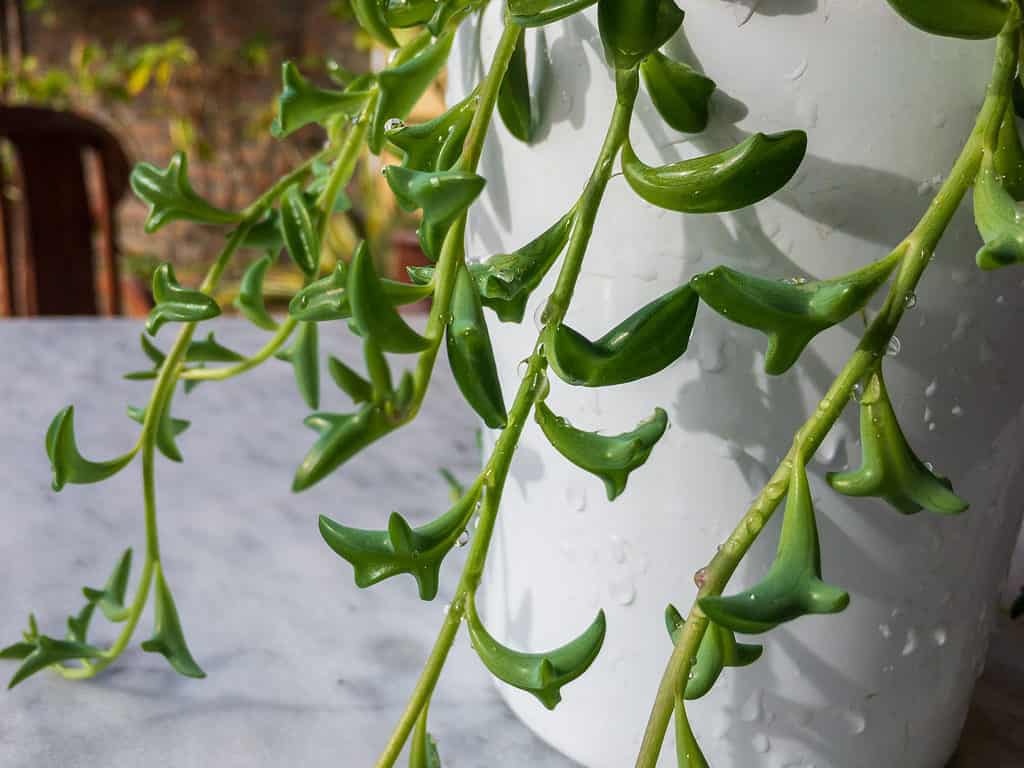
The leaves of the dolphin succulent (or string of dolphins) look remarkably like leaping dolphins.
©iStock.com/Bilal photos
The demand often exceeds the availability, making this plant a relatively rare find. If you do manage to obtain one of these splendid succulents, providing proper care is pretty straightforward and simple.
| Dolphin Succulent Facts | |
|---|---|
| Botanical name | Senecio peregrinus |
| Common Names | String of dolphins, dolphin plant, flying dolphins, dolphin necklace |
| Sunlight | Indirect sun |
| Soil | Sandy, well-drained |
| Water | Weekly |
| Indoors or Outdoors | Indoors in a window with morning sun. Outdoors in Zones 9b-11b. |
Sunlight
The dolphin succulent does best with indirect sun. The softer morning sunlight is perfect for this plant, but some shade is needed to filter the harsher sun of the afternoon.
When grown indoors, an east-facing window is ideal so the succulent can bask in the morning sun for at least 6 hours. If this is unavailable, a grow light may be required, especially during winter’s more limited daylight hours.
Soil Type
Well-draining soil is a must, so a succulent or cactus mix is best. If you are creating your own mix, use two parts potting soil, one part perlite, and one part sand.
Make sure the container has adequate drainage holes. Terracotta pots are a popular choice.
Dolphin succulents prefer more cramped conditions than other succulents, so smaller pots tend to work well.
Water
This plant requires a bit more water than other succulent plants, so plan to water once a week to start. The easiest practice is to use the soak-and-dry method.
Soak the plant until water runs out of the drainage holes. Do not water again until the soil has completely dried (usually in about a week, though it can take longer during winter dormancy).
Weekly watering is simply a guideline, though. The timing will need to be adjusted to your specific conditions.
The leaves can help you determine if you are on the right watering schedule. If they appear dry, the plant is likely underwatered. If they appear yellow and are soft and mushy, it is probably overwatered.
Placement
Part of what makes caring for this plant so simple is that it is quite tolerant of average household temperatures and humidity. It is not as temperamental as its relative, the string of pearls. As long as it gets ample light, this succulent can thrive.
When considering placement, remember that this plant is toxic to pets. Keep it out of the reach of your furry friends.
Propagation
Using stem cuttings is the preferred method to propagate the dolphin succulent.
Choose a healthy stem with plump leaves and cut it with a sharp knife or scissors. The cutting should be five inches long, minimum.
Place the stem cutting on top of the soil in a new planter and keep the soil moist until roots develop.
Begin with the cutting in partial shade, and slowly increase its access to sunlight over the next 10-14 days.
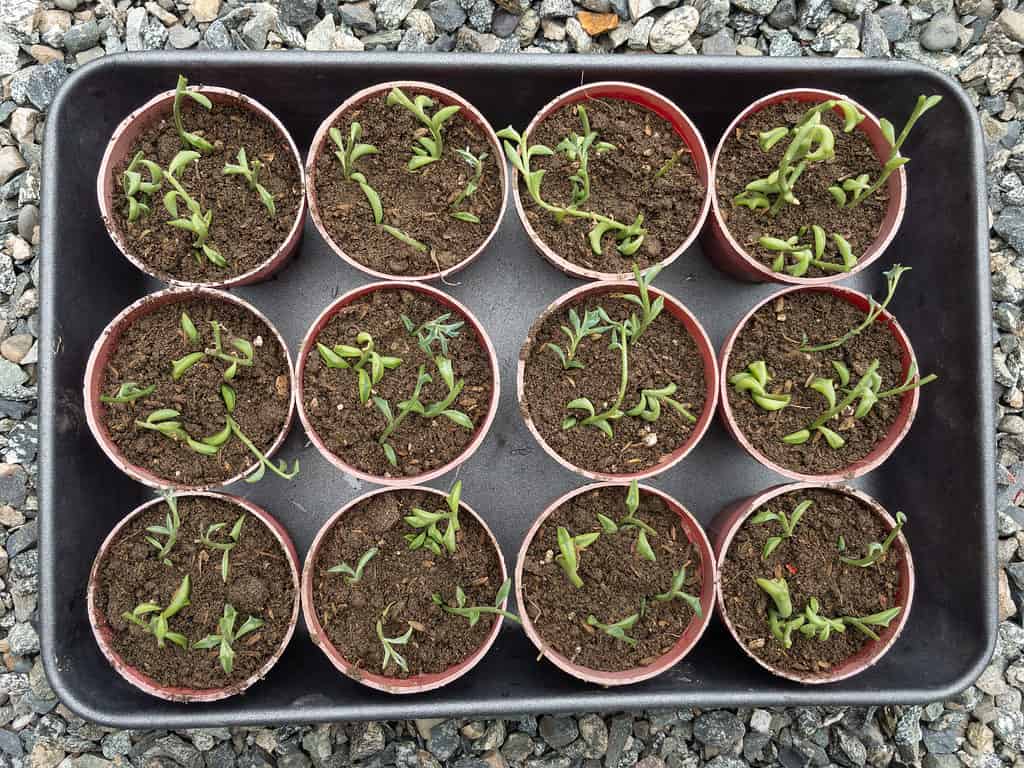
Stem cuttings are the easiest way to propagate the dolphin succulent.
©iStock.com/Bilal photos
Common problems
Similar to other succulent plants, the most common issue in caring for the dolphin succulent is root rot due to overwatering. While this plant does require a bit more water than other succulents, it can still be easily overdone.
The dolphin succulent is susceptible to many of the same pests as other succulent species, including aphids, mealybugs, and spider mites. You can rid your plant of these destructive insects with Neem oil or insecticidal soap. Be sure to follow all the product instructions to ensure the safety of your plant.
Up Next:
- 10 Houseplants That Are Nearly Impossible to Kill
- 4 Best Perennial Flowers For Zone 9
- Baby Toes Succulent
The photo featured at the top of this post is © iStock.com/Bilal photos
Thank you for reading! Have some feedback for us? Contact the AZ Animals editorial team.



